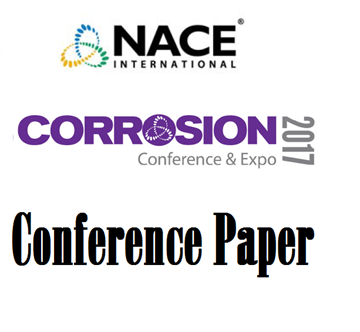Search
09176 Corrosion Resistance of Next Generation Composite Tube Alloys for Recovery Boilers
Also Purchased
04244 Stress Corrosion Cracking Susceptibility of Composite Tube Alloys in Simulated Kraft Recovery Boiler Environment
Product Number:
51300-04244-SG
ISBN:
04244 2004 CP
$20.00
Corrosion Behavior of Selected Alloys in Kraft Recovery Boiler Superheater Environments
Product Number:
51317--9159-SG
ISBN:
9159 2017 CP
Publication Date:
2017
$20.00
06236 ASSESMENT OF MOLTEN Na2S.xH2O/NaOH SOLUTIONS AS A CAUSE OF COMPOSITE TUBE CORROSION IN KRAFT RECOVERY BOILERS
Product Number:
51300-06236-SG
ISBN:
06236 2006 CP
$20.00




